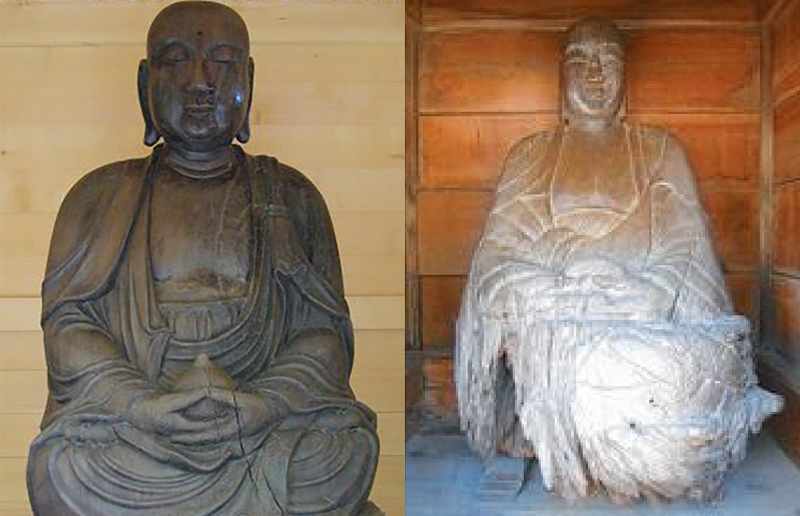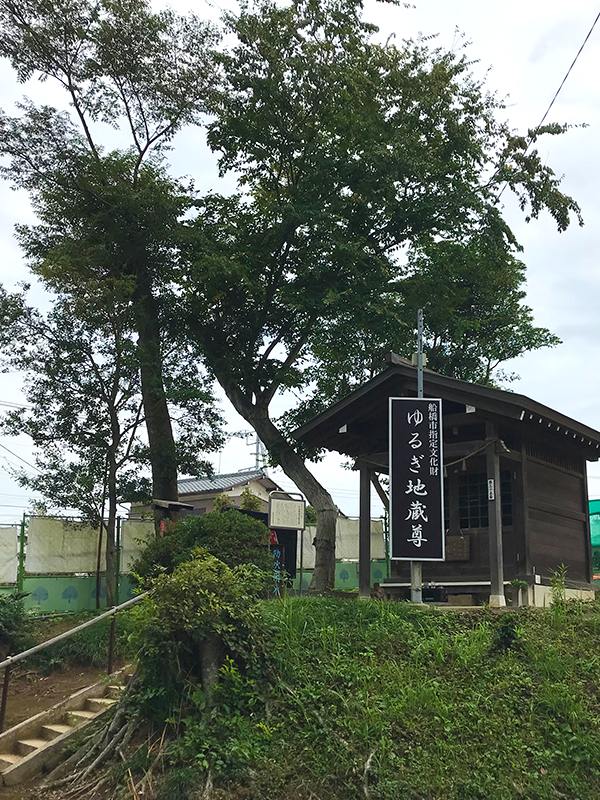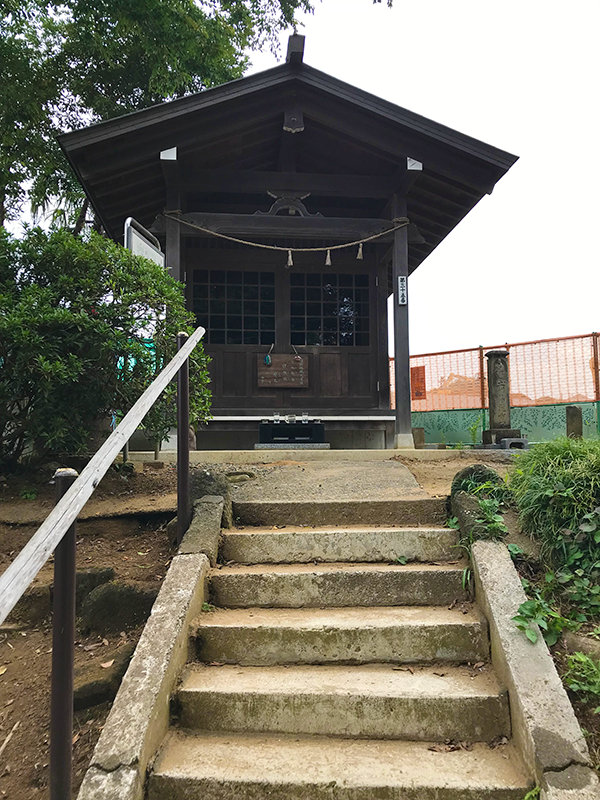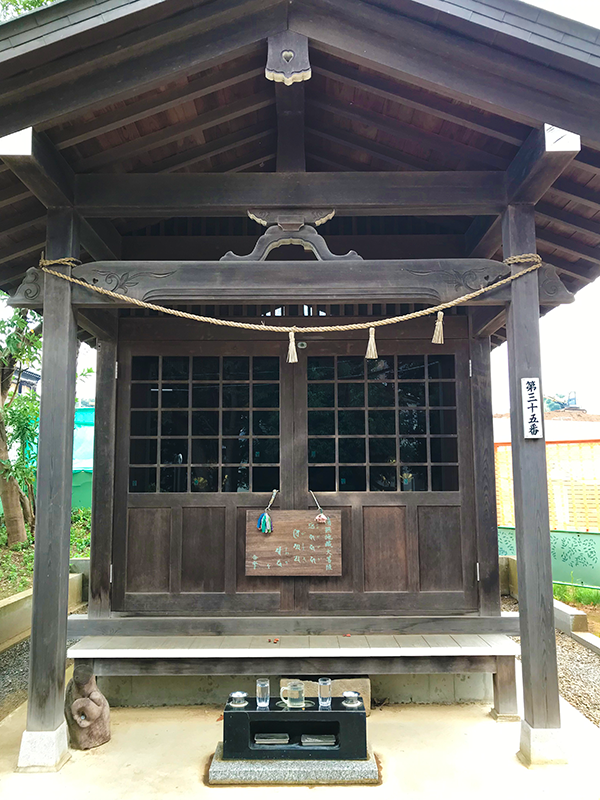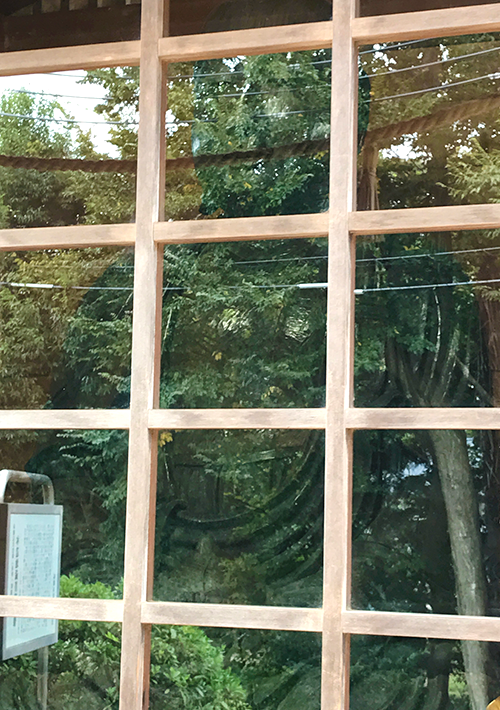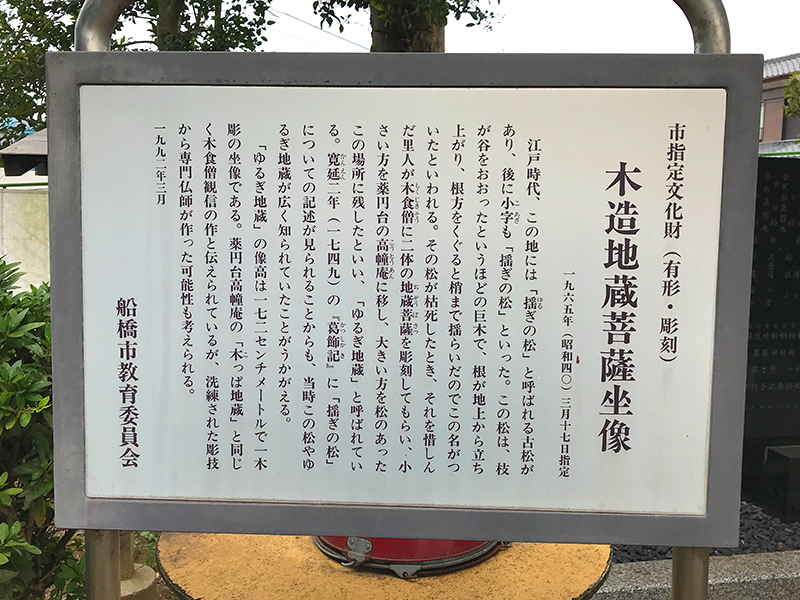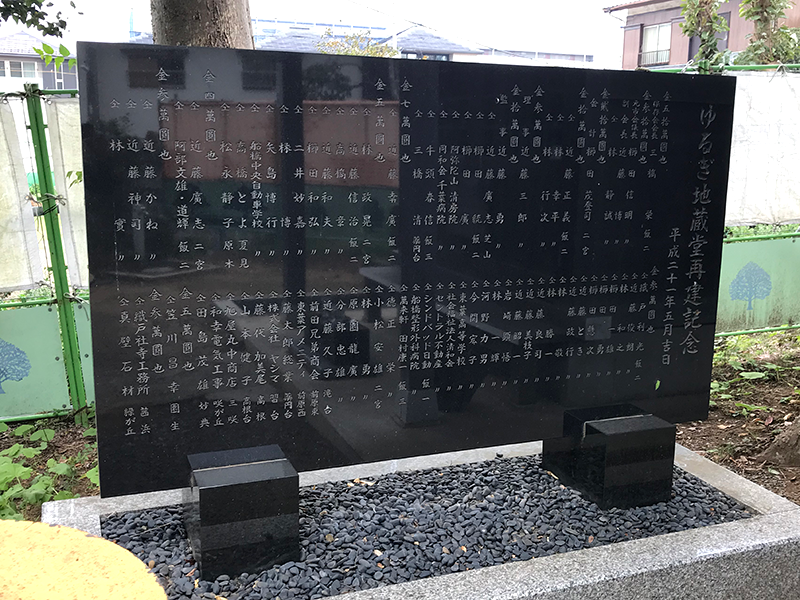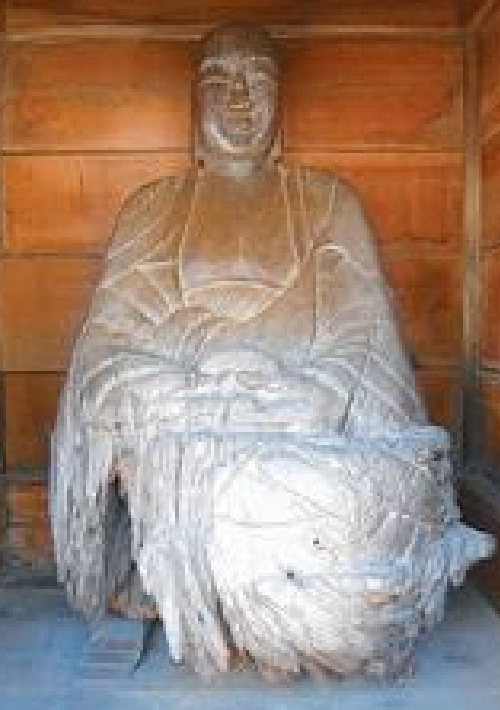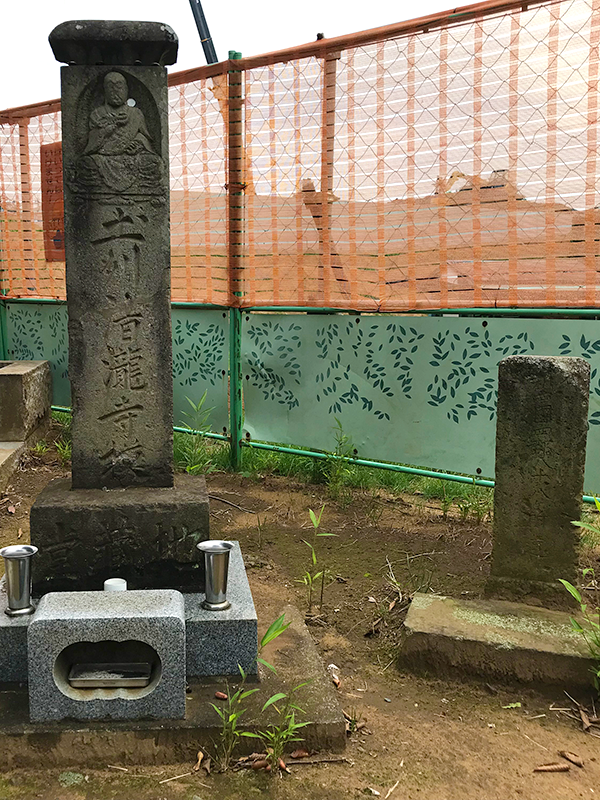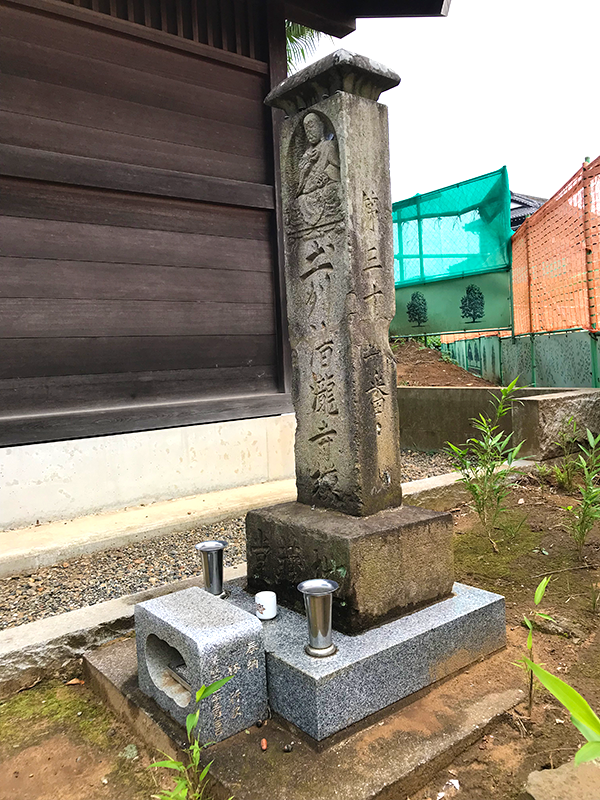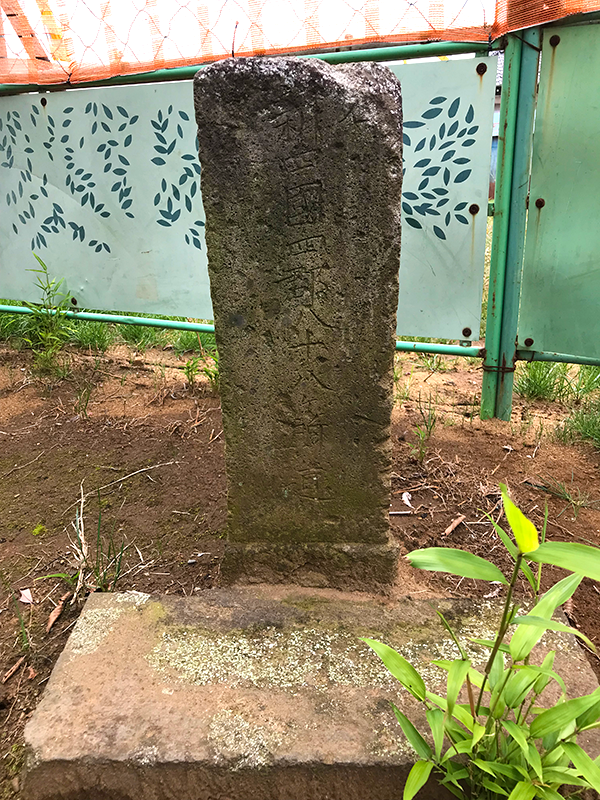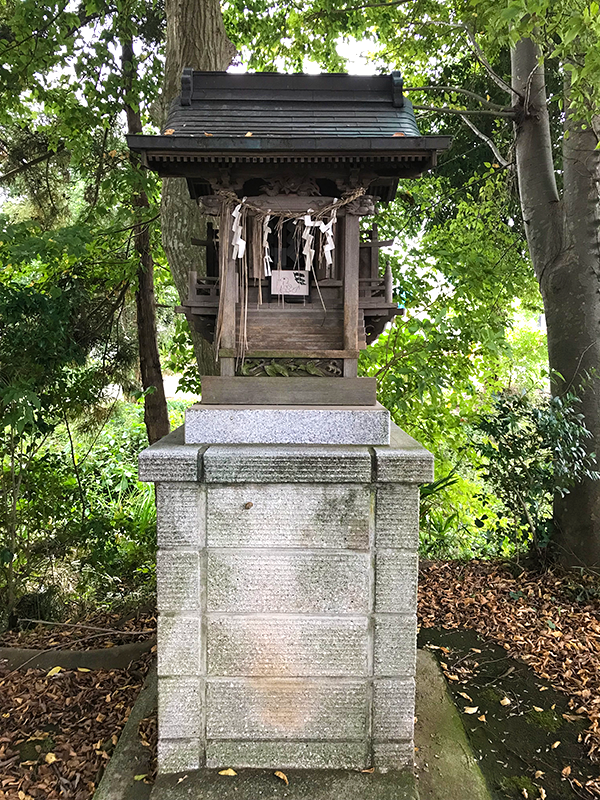Reports from Local Volunteer
A giant pine tree that died in the Edo period was reborn as two Jizo statues. Funabashi City Designated Cultural Property Yurugi Jizo and Koppa Jizo
October 24, 2022
Chiba Volunteer: Denim
Wooden Jizo Bodhisattva Statue of Tangible Cultural Property (Sculpture) and Historic Site (Additional)
This time, I will introduce “Yurugi Jizoson” in Iiyamamanmachi, Funabashi City, Chiba Prefecture and “Koppa Jizo” in Yakuendai, the same city.
“Yurugi” means to sway. “Koppa” means a trivial thing. Jizo is an object of Buddhism that is said to embrace people’s sufferings with great compassion and save them.
These two Jizo are two of Funabashi City’s 48 designated cultural properties (as of February 2022).
Yurugi Jizo (Left) and Koppa Jizo (Right)|Photo: Funabashi City
“Yurugi Jizo” was designated on March 17, 1965 as a “Wooden Jizo Bodhisattva” as a Tangible Cultural Property (Sculpture) of Funabashi City. At the same time, the grave of “Kanshin”, the creator of Jizo, was registered as a city-designated historic site, and at that time, “Koppa Jizo” was also registered as an attachment.
The two Jizo are listed the 35th and 41st of the Yoshihashigumi Daishikou 88 Places
In addition, two Jizo are also the 35th (Yurugi Jizo) and 41st (Koppa Jizo) of the 88 Sacred Places Pilgrimage that was held in the area centered on Yoshihashi, Yachiyo City, Chiba Prefecture.
Click (tap) the blue pin to display detailed information. You can also zoom in and move the map.
Appearance and Creator of Yurugi Jizo (Wooden Jizo Bodhisattva Seated Statue)
The Yurugi Jizo has 172cm tall in a sitting position, which is quite large, and the head seems to be two or three times larger than that of a human. Perhaps you can feel that from the warm and gentle expression of Jizo’s face. It is said to be made from a single pine tree, and was made by Kanshin, one of the wood-eating monks of the Edo period. It is said that this monk is a monk who has undergone training to eat only nuts and grass, avoiding fired foods and meat.
If it’s bright room, it looks like this|Photo: Funabashi City
There are few materials about the creator Kanshin, and in the Katsushika Chronicle written in 1749, it is written about the Koutouan (place: Yakuendai, Funabashi City, Chiba Prefecture) that Kanshin opened. It seems that there is a record in the book that he made the statue of Jizo Bodhisattva. However, it seems that there are various theories, and there is a possibility that it was made by another professional Buddhist sculptor.
The origin of the name and the birth of Jizo
This wooden statue of Jizo Bodhisattva is called “Yurugi Jizoson” and its origin dates back to the Edo period. At that time, there was an old pine tree called “Yurugi no Matsu” in this place, and it is said that the branches of the pine tree were so big that they covered the valley. The base of the giant tree seems to float above the ground, and when people pass through the base, the trunk and branch tips sway, hence the name. “Yurugi” means to sway.
And unfortunately, the “Yurugino Matsu” withers and dies. The villagers who regretted it asked Kanshin, a wood-eating monk, to carve two large and small Jizo Bodhisattvas from dead pine trees, and one of them became this large “Yurugi Jizo”. It is said to have been built in 1723 (Kyoho 8).
The other smaller one is called ‘Koppa Jizo’ and is located in Kodoan (1-4-26 Yakuendai, Funabashi City, Chiba Prefecture), which was opened by Kanshin in Yakuendai, Funabashi City, Chiba Prefecture. There is also the tomb of Kanshin, a designated historic site.
The distance from this place of “Yurugi Jizoson” (2-744-1 Iiyamamancho, Funabashi City, Chiba Prefecture) to the place of “Koppa Jizo” (1-4-26 Yakuendai, Funabashi City, Chiba Prefecture) is by car. It takes about 9 minutes for 2.7 km. If you walk, it is 2.3km and takes about 28 minutes.
Koppa Jizo|Photo: Funabashi City
After visit the local Yurugi Jizoson
The area around Yurugi Jizoson’s temple is under construction, and the grove of trees behind the temple has disappeared, and the atmosphere seems to have changed a little compared to before. Also, the day I went this time was unfortunately cloudy and the photos weren’t good quality….so I haven’t posted a picture of the temple of Koppa Jizo.
I’ll go to take pictures again on a sunny day! Also, it will continue to update the information on this page. If you know the information about the stone monument next to the temple, please let me know from here!
In addition, in front of the temple of Yurugi Jizo, there was a “Benzaiten no Hokora” surrounded by trees. It’s so quiet that you might miss it if you don’t know its existence beforehand. If you know the details about this “Benzaiten no Hokora”, please let me know too.
Actually, I’m a Chiba beginner who doesn’t know anything about Chiba. Therefore, various things and places are very fresh, and I would like to introduce Chiba from an amateur’s point of view. Having said that, the scope of my activity is not so wide and I cannot go from corner to corner, but I would like to be able to distribute information with awareness of neighboring prefectures, other prefectures, and foreigners. My nickname is denim because I love denim X-). Thank you very much!



